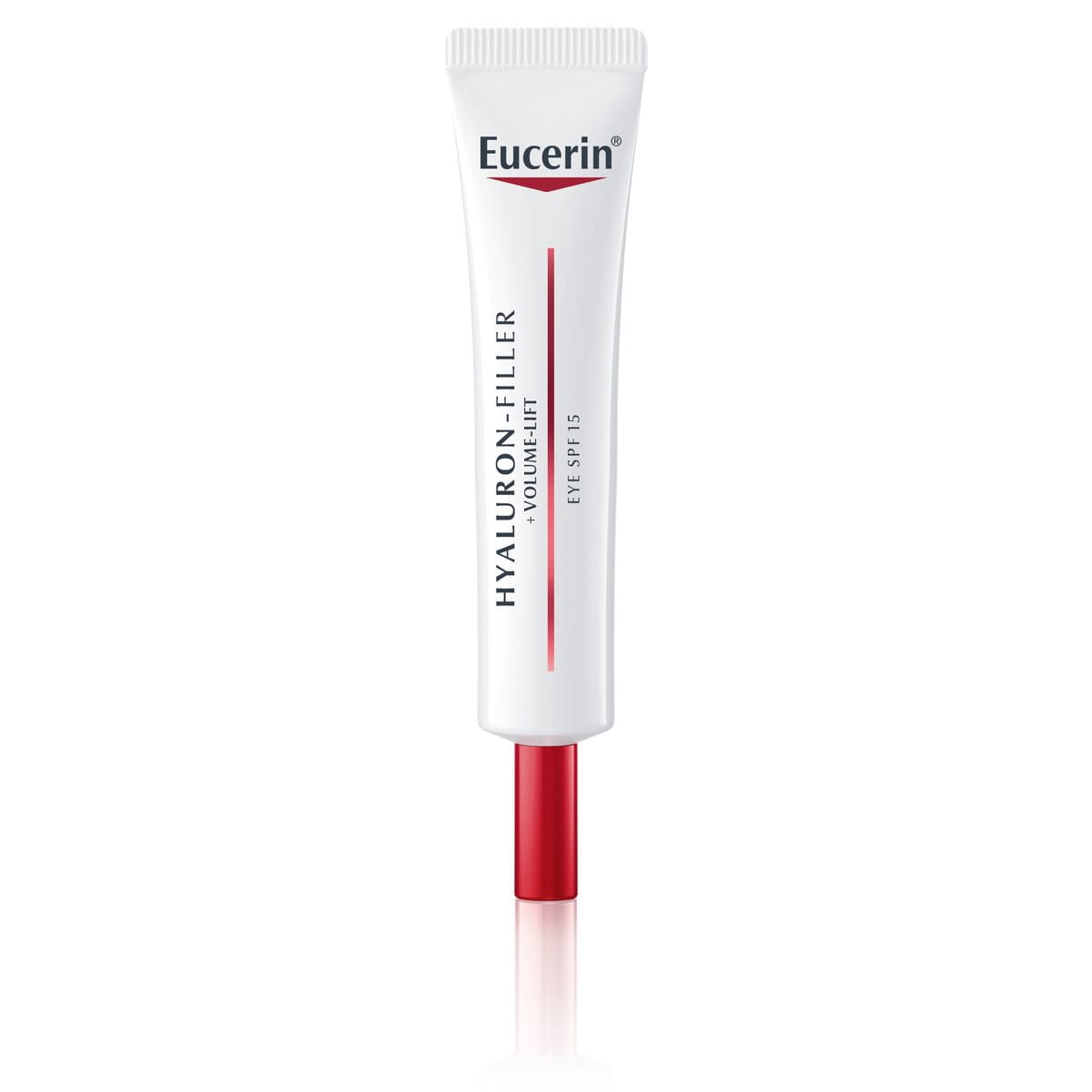From the age of 25, general skin ageing begins and changes start to occur in every layer of the skin. This is due to a combination of internal processes and external factors.
Signs & Symptoms
General skin ageing and loss of volume
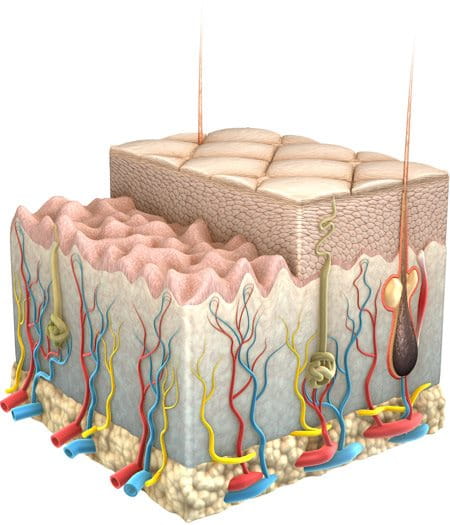

The way we age is partly due to our genetics. This intrinsic ageing combines with environmental and lifestyle factors to trigger the slowing down of key processes and functions in the skin. It is this slowing down which causes the most visible signs of ageing: loss of volume, wrinkles and a loss of density and radiance.
One of the main changes that causes these visible signs is the decrease of volume-giving cells.
Together with wrinkles and loss of density and radiance, it causes an older appearance to the face. Sometimes difficult to describe, loss of volume is very common and alters the structure and shape of the whole face. It can also sometimes be referred as saggy skin, loss of contours, chicken skin or ‘looking drawn’ and is often associated with a negative look to the face.
How to recognise a loss of volume
The triangle of beauty
As a loss of volume can be difficult to describe or indentify, a visual reference can be helpful. It clearly shows how this particular sign of ageing changes the shape and structure of the face in several subtle but transformative ways. The ‘triangle of beauty’ demonstrates how diminishing volume can cause the face to take on a negative, sad or stressed look. This in turn can lead to incorrect perceptions of a person’s mood or outlook.
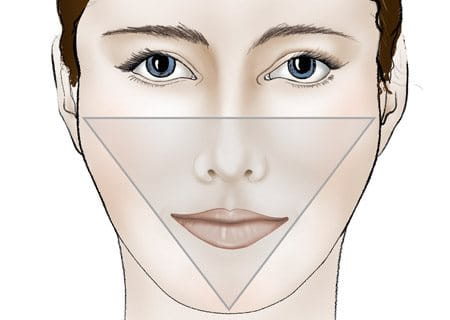
A youthful face possesses a distribution of volume that creates an attractive look. The main features of a younger looking face can be clearly seen as part of the ‘triangle of beauty’. These include:
- High cheekbones
- Full jowls
- Smooth skin
- A lean, well defined jaw line
These features combine to create a face shape and structure that is wider at the top, tapering down to the narrowest point at the chin. The over-all look is relaxed and positive.

As we age, the signs of a loss of volume mean the triangle is inverted. This is due to the following changes:
- A wider, slacker jaw line
- Sagging facial shape
- Flatter cheeks
- The forehead and brows wrinkle
- The corners of the mouth point downwards
It’s the combination of these factors that equate to an aged appearance. As is seen here, the triangle is now turned upside down, and now the wider area is towards the bottom of the face. As volume diminishes and skin sags, the perception of the face is altered. Now this facial appearance could be perceived as sad or stressed.
Contributing Factors
Why does the triangle of beauty invert?
Apart from chronological, internal ageing, a variety of factors, both internal and external, contribute to the processes that lead to a loss of volume.


Hormonal changes
A relevant internal factor is the hormonal change. In puberty estrogen levels are high and the face is full. With age, hormone levels decline and there is a declining number and size of volume giving cells in the skin.
Lifestyle
As part of general skin ageing a loss of volume is also caused by the same external lifestyle factors that also contribute to wrinkles and a loss of density and radiance. These include:
- Smoking: Nicotine and chemicals in cigarettes further degrade the collagen in the skin.
- Sun: Spending too long in the sun can contribute to more damage to collagen and a compromised skin structure.
These lifestyle factors combine to cause oxidative stress. This occurs when molecules known as ‘free radicals’ are formed internally and attack cellular structures including those that help the skin look smooth and firm. Once the structure is weakened, and collagen and elastin decline, general skin ageing is accelerated. The visible signs including loss of volume, loss of density and radiance and wrinkles are more apparent on the surface.
Why does a loss of volume occur?
Processes and systems within the skin slow down with age, each contributing to general skin ageing. Most importantly with this particular concern, a gradual drop in the ‘filler’ substances that keep skin looking firm and feeling smooth lead to a loss of volume, sagging skin and diminished facial definition.
This occurs in the following areas of the skin’s structure:
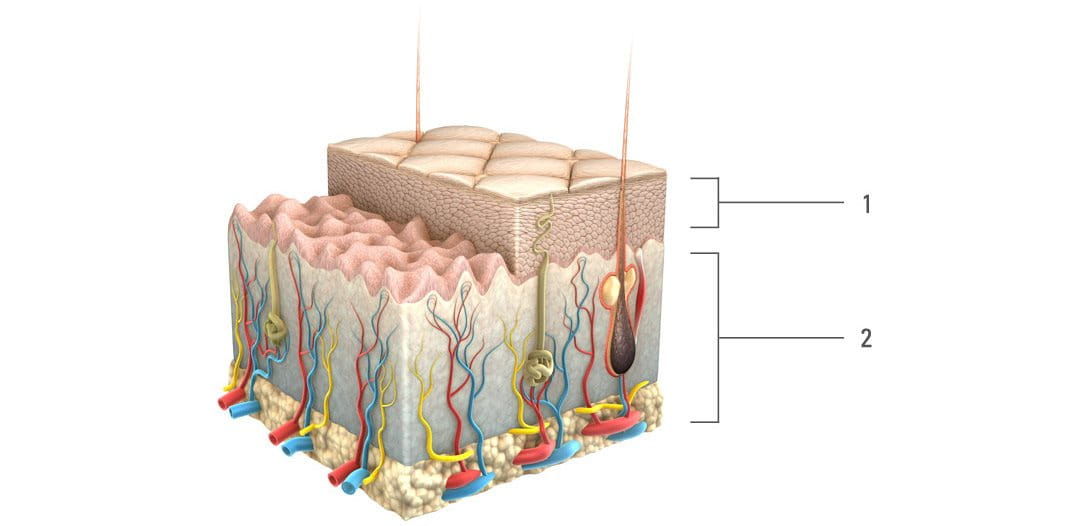
The Epidermis. In the upper layers of the skin there is a declining production of Hyaluronic Acid and lipids. As well as an increase in the appearance of wrinkles this means a thinner look to the skin and changes to texture including dryness and roughness.
The deeper layers of the skin. A 1% annual loss of collagen worsens the thinning effect together with a declining level of elastin. As elastin is partly responsible for the skin’s elasticity and strength, a decrease in these two substances together results in a sagging, less elastic skin. The volume-giving cells that keep skin 'filled out' reduce in size and number, leading to a shrinking of these layers. The result is a more drawn and sunken look to the skin, with hollow cheeks.
Over time, the blood flow delivering nutrition slows, resulting in dullness and a tendency towards dehydration and slower healing. Deeper wrinkles are now more likely. This can also lead to a loss of density and radiance.
Solutions
What can be done?
Although a loss of volume is a complex concern and is in many ways inevitable, the visible effects can be treated in a variety of ways.
Active ingredients
Found in some anti-ageing products, these ingredients can address the causes of skin sagging, loss of volume and poorly defined facial contours. Treating these issues can help to restore a youthful look to the face.
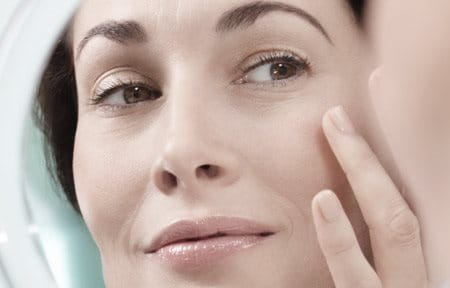
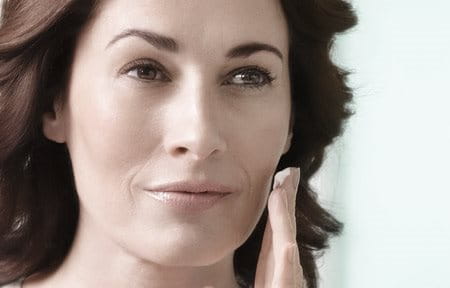
- Magnolol
Found in some anti-ageing products, these ingredients can address the causes of skin sagging, loss of volume and poorly defined facial contours. Treating these issues can help to restore a youthful look to the face. - Oligo Peptides
Stimulates and support the collagen network for a firmer skin structure. It has a stimulating effect on metabolic skin activity, reactivating skin cell interactions. The presence of Oligo Peptides in a product also reinforces and stabilises weak connective tissue. This results in improved microcirculation, and improving collagen synthesis. As a result, the dermal network becomes stronger and skin feels firmer and smoother. Also useful in treating a loss of density. - Hyaluronic Acid
Hyaluronic Acid is a substance created within the body that forms part of the connective tissue of the skin. One of its key functions is to retain moisture and it has the ability to bind up to 30 times its own molecular weight in water. But as we age, the skin's natural ability to synthesise Hyaluronic Acid depletes and with it, skin smoothness decreases. With an extremely high moisture-storing capacity it also has a regenerating effect on the skin. An extra benefit is its antioxidant property, which can also help with wrinkles and loss of density.
Invasive dermatologist treatments

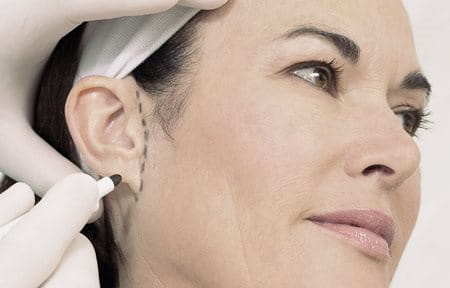
Fat transfer
This involves surgically removing fat from one area of the body and transplanting it to another. It’s most commonly used to replace volume in the cheeks and is long lasting. Swelling is not unusual and the treatment usually requires a period of downtime.
Fillers
Injectables are used to temporarily replace volume and give instant, short-term results. Usually used for under the eyes, cheeks, temples and lips.
One of the main changes that causes these visible signs is the decrease of volume-giving cells.
Injectable Hyaluronic Acid can also help with wrinkles.
Cheek implants
These give the most permanent result. A plastic implant is placed under the skin to restore volume in certain areas, usually the cheeks. Originally more popular, they are now less commonly requested than Fillers and Fat Transfer as they require the most recovery time.
Non-Invasive dermatologist treatments
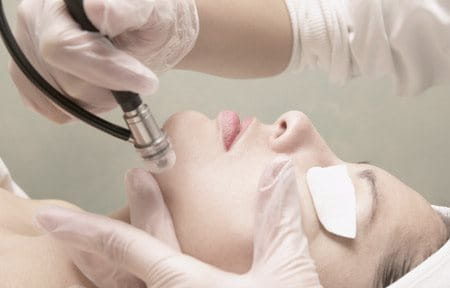
Thermowaves
Uses radio frequency technology to heat the deep collagen layers of the skin. This heat promotes the production of new collagen and tones the existing collagen with the aim of restoring lost contours.
Ultrawaves
This treatment uses ultrasound to lift, tone and tighten loose skin.
Our brand values

We deliver a holistic dermo-cosmetic approach to protect your skin, keep it healthy and radiant.

For over 100 years, we have dedicated ourselves to researching and innovating in the field of skin science. We believe in creating active ingredients and soothing formulas with high tolerability that work to help you live your life better each day.

We work together with leading dermatologist and pharmacist partners around the world to create innovative and effective skincare products they can trust and recommend.




